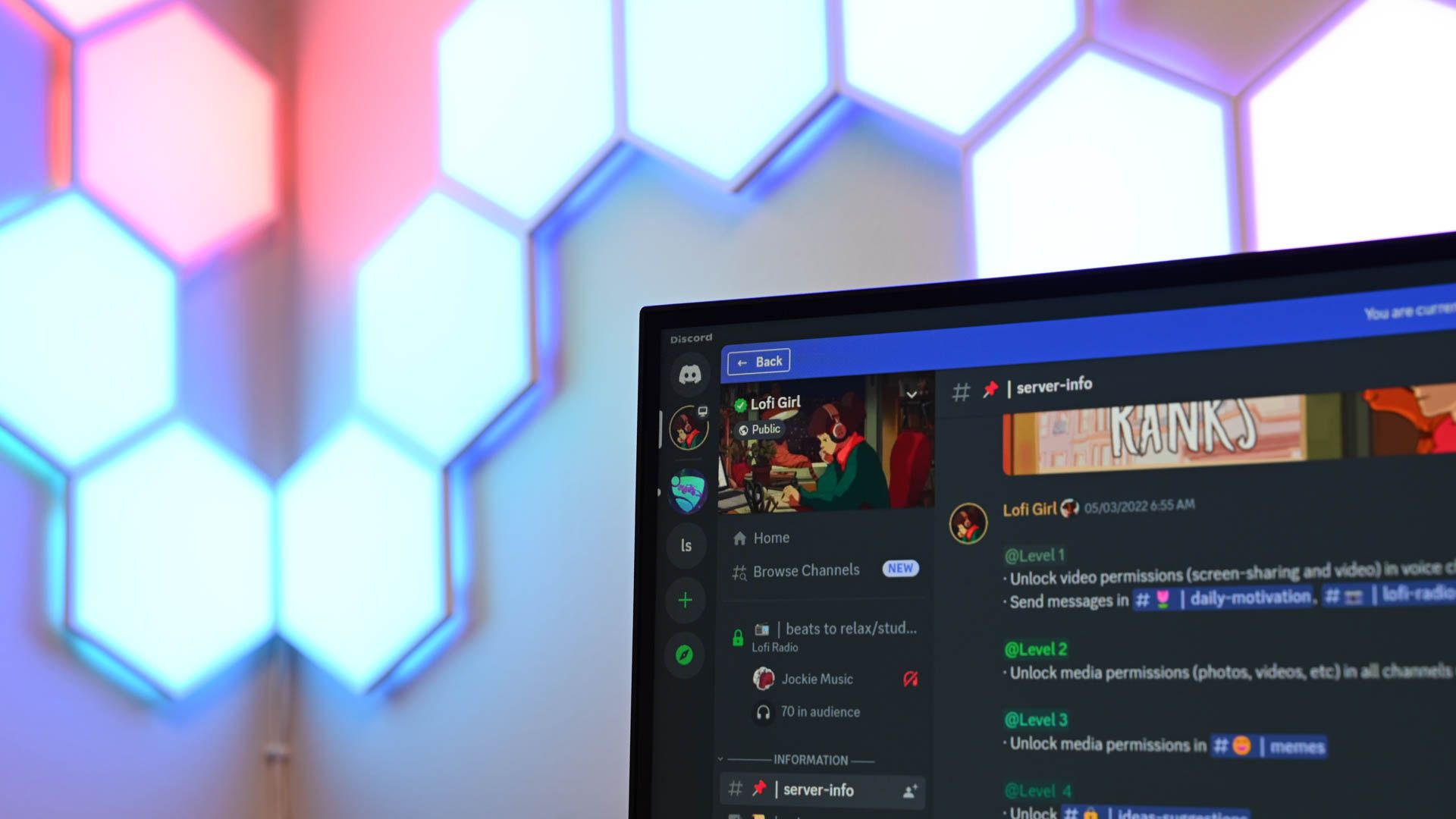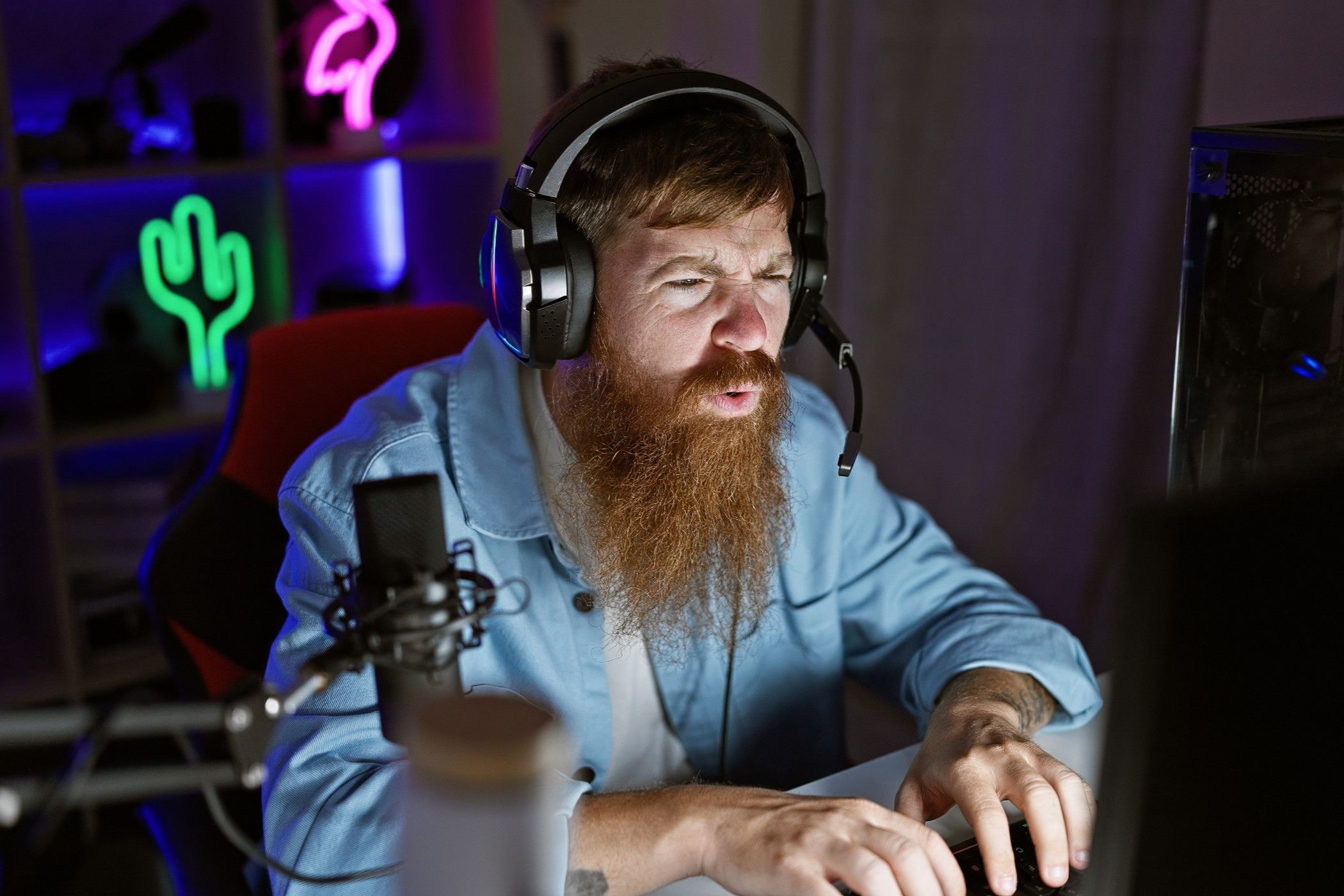Key Takeaways
- Indie developers pour their hearts, time, and money into games, offering unique experiences filled with personality despite the challenges they face from tight budgets and poor discoverability.
- Indie game development allows for creative freedom, allowing them to take risks that result in unique gameplay mechanics and storytelling techniques often absent in mainstream titles.
- Despite challenges like limited resources and visibility, indie developers continue to create innovative and enjoyable games for players.
Indie games like Stardew Valley and Hades have become some of the biggest hits in gaming, but the world of indie development is quite different from that of big-budget triple-A releases. Here’s what smaller indie developers want their fans to know about the industry as it currently stands.
The Driving Force Behind Developing a Game
I am a solo indie developer, having completed a few games (I most recently submitted to the GMTK Game Jam 2024). My insights come from personal experience talking with gamers, and discussions with other indie game developers in my professional circle.
Due to my position, I have a healthy respect for indie game developers. But there are many things that indie developers don’t typically disclose to their audience. Sometimes, it’s because they think the audience knows already, but other times, it’s because they’re too busy trying to get stuff to work.
A Labor of Love
Indie developers pour their hearts, time, and often their own money into creating games. Unlike large studios backed by significant funding, these creators must balance shoestring budgets and sometimes juggle other jobs to bring their visions to life. This personal involvement results in games that are deeply personal and crafted with immense passion.
For players, this means every indie game represents a labor of love. The developers are not just looking to make a profit; they are sharing a piece of their soul. When you pick up an indie game, you’re experiencing something unique, often reflecting the developer’s personal experiences, dreams, and creative expression.
No Studio Constraints
One of the most exciting aspects of indie game development is the creative freedom it allows. Unlike larger studios that might shy away from more experimental ideas due to financial risk, indie developers have fewer constraints holding them back. This freedom leads to unique gameplay mechanics, unconventional storytelling, and stylized visuals that stand out in the gaming landscape. Sometimes, a lack of support from a large studio means disastrous launches, but those are things a game can recover from.
For gamers, indie games can deliver a diverse range of experiences that might not be possible with mainstream titles. Indie games offer fresh perspectives and gameplay hooks that challenge traditional gaming norms, providing players with something new and exciting.
It’s a Tough Road Being an Indie Developer
Developing a game means wearing many “hats.” Sometimes, you have to be a game designer, sometimes a 3D model creator, and other times a programmer. Aside from these challenges, there are a few more things that come up in the world of indie game development that most players never notice.
Game Development Is Pretty Expensive
Triple-A studios invest millions of dollars in a new title. Indie devs often find themselves with a small salary and the lint they gathered at the bottom of their jeans pockets. Without the vast budgets of major studios, indie developers must maximize every dollar and every hour they invest.
Players might not realize that every aspect of an indie game, from art and music to programming and marketing, is often handled by a small team or even a single individual. This constraint can lead to longer development times and the need for careful resource management. The next time you see an indie game, remember all the funding required to make one of them.
Getting Eyes on Your Product
One of the biggest problems for indie developers is getting players to notice their product. There are thousands of games being developed and released each year. A lot of this is shovelware like asset flips from well-known game engines, with a few diamonds that truly deserve recognition. Even the most innovative and well-crafted indie games can go unnoticed without effective marketing and community support.
For players, this means that discovering hidden gems can require a bit more effort. Word of mouth, reviews, and recommendations play a crucial role in bringing these games to a wider audience. By actively supporting and promoting indie titles, players can help the games they love get the recognition they need to succeed.
Some developers have curated a community on social media that helps them get the word out about their game. Even so, coverage is still very limited.
Social media has been one of the biggest blessings to game developers. Screengrabs, gameplay videos, and other things help to raise awareness and get people involved with the development. Some developers create and manage a Discord server to help them get updates to their followers much faster. There are a few reasons community is such a huge thing for an indie developer.
Player Feedback
Early access and beta testing are common practices in indie game development, allowing players to provide feedback that helps shape the final product. This interaction is essential for developers, who rely on player input to identify bugs, balance gameplay, and improve overall quality. That’s why some devs release early access games on Steam to get a community interested in its development.
For gamers, participating in early access and providing constructive feedback is a way to directly influence the development process. It creates a sense of collaboration between developers and players, leading to games that better meet player expectations and desires. Imagine saying you had a hand in helping to develop a great game!
Have you ever seen a game and then told all your friends about it? That’s the kind of energy that indie devs love about their communities. Positive reviews, social media shares, and personal recommendations can significantly boost a game’s visibility and success. Unlike large studios with substantial marketing budgets, indie developers depend on the organic spread of information to reach new players.
As a player, sharing your favorite indie games with friends and on social media can have a meaningful impact. Every mention, review, or recommendation helps build momentum and can be the difference between an indie game thriving or fading into obscurity.
Common Misconceptions Shadowing The Industry
Putting together an indie game isn’t an easy task. Aside from the uphill battle when it comes to discoverability, many developers also have the problem of misconceptions clouding the air around their projects.
Some players have a preconceived notion that most indie games are of low-quality. However, games like Celeste, Hollow Knight, and Stardew Valley prove that indie titles can be just as fun to play as big-budget games. Players should approach indie games with an open mind, appreciating the unique qualities and innovations they bring to the table.
Another common misconception is that indie devs are making tons of money from their product. Over the years, there have been a few very successful indie titles, but most indie devs rarely make back the money they sink into a project. Many game devs have to find alternative ways of making money to stay afloat. Even if their game is successful, it won’t necessarily pay for itself unless it gets massive traction.
It’s A Lot of Effort, But We Still Do It
Indie game developers pour passion, creativity, and immense effort into their projects. Despite facing significant challenges, their dedication results in some of the most innovative and unique gaming experiences available.
We spend so many hours trying to work out bugs or figuring out if a particular game mechanic is fun because we love making things for people to play. We love it when people come to us and tell us they played our game and enjoyed it. For many indies in the industry, game development isn’t about the money. It’s about making more things for people to enjoy and exploring a passion for creating.








